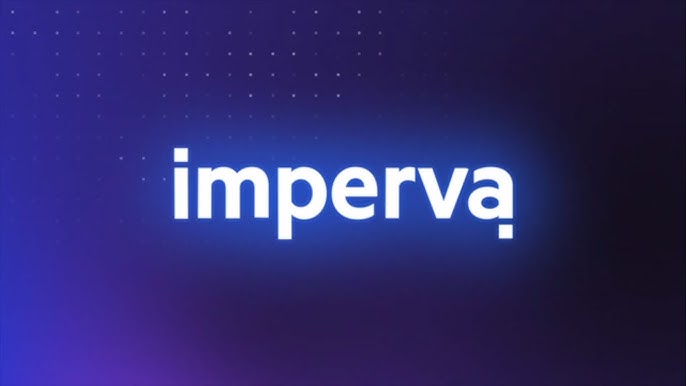Description
Introduction of VMware Virtualization
VMware Virtualization is a powerful technology that enables organizations to run multiple virtual machines (VMs) on a single physical machine, allowing for efficient resource utilization, improved scalability, and enhanced disaster recovery capabilities. VMware offers a suite of virtualization tools, with VMware vSphere being the core platform for managing virtualized environments. This training provides a comprehensive understanding of VMware virtualization, including installation, configuration, management, and advanced features, empowering IT professionals to deploy and manage VMware-based virtual infrastructures effectively.
Prerequisites
- Basic understanding of networking and storage concepts.
- Familiarity with server hardware and operating systems.
- Basic knowledge of virtual machine concepts.
- Prior experience with VMware ESXi or other virtualization platforms is helpful but not mandatory.
Table of Contents
- Introduction
1.1 Overview
1.2 Benefits of Virtualization in IT Infrastructure
1.3 Who Should Take This Training? - Understanding VMware Virtualization Concepts
2.1 What is Virtualization?
2.2 Types of Virtualization: Server, Desktop, Network, and Storage
2.3 Its Products Overview
2.4 VMware vSphere Architecture and Components - Installing VMware vSphere
3.1 Prerequisites for VMware vSphere Installation
3.2 Installing VMware ESXi Host(Ref: VMware HORIZON 7: INSTALL, CONFIGURE AND MANAGE V7.3 PROGRAM)
3.3 Setting Up VMware vCenter Server
3.4 Configuring VMware vSphere Client for Management - Managing VMware ESXi Hosts
4.1 ESXi Host Configuration Basics
4.2 Networking Configuration in VMware ESXi
4.3 Storage Configuration in VMware ESXi
4.4 Host Profile Management - Creating and Managing Virtual Machines
5.1 Creating Virtual Machines in VMware vSphere
5.2 Configuring Virtual Machine Settings
5.3 Managing VM Snapshots and Cloning
5.4 Virtual Machine Migration (vMotion) - VMware vCenter Server Management
6.1 Overview of vCenter Server Features
6.2 Managing Hosts and Clusters in vCenter
6.3 vCenter Server Roles and Permissions
6.4 Using vSphere Web Client and vSphere Client - VMware Storage and Networking
7.1 VMware Storage Solutions: VMFS, NFS, iSCSI
7.2 Storage vMotion and Storage Policies
7.3 VMware vSwitch and Distributed vSwitch Configuration
7.4 Network I/O Control and Virtual LANs (VLANs) - VMware High Availability and Fault Tolerance
8.1 Configuring VMware High Availability (HA)
8.2 Understanding VMware Fault Tolerance (FT)
8.3 Setting Up VMware DRS (Distributed Resource Scheduler)
8.4 Implementing VMware vSphere Cluster for Fault Tolerance - VMware vSphere Security
9.1 Best Practices for Securing VMware Environments
9.2 Configuring User Roles and Permissions
9.3 Securing Virtual Machines and Hosts
9.4 Using VMware vSphere Security Hardening Guides - VMware vMotion and Storage vMotion
10.1 Understanding vMotion and Its Benefits
10.2 Configuring and Using vMotion for Live Migration
10.3 Storage vMotion for Live Storage Migration
10.4 Best Practices for vMotion Implementation - Scaling and Managing VMware Environments
11.1 Configuring vSphere Distributed Resource Scheduler (DRS)
11.2 Managing and Expanding VMware vSphere Clusters
11.3 Configuring VMware vSphere HA for Scalability
11.4 Load Balancing and High Availability in VMware - Backup, Restore, and Disaster Recovery
12.1 VMware Backup Strategies
12.2 Restoring Virtual Machines and Hosts
12.3 Disaster Recovery Planning with VMware Site Recovery Manager
12.4 Data Protection and Business Continuity in VMware - Monitoring VMware vSphere Environments
13.1 Using vSphere Monitoring Tools and Dashboards
13.2 Monitoring Virtual Machine Performance
13.3 Alerts and Notifications in VMware vSphere
13.4 Integrating VMware with Third-Party Monitoring Tools - VMware Automation and Orchestration
14.1 Using VMware vSphere PowerCLI for Automation
14.2 Configuring VMware vRealize Automation
14.3 VMware vCenter Orchestrator Overview
14.4 Automating VMware Operations for Efficiency - Advanced VMware Virtualization Features
15.1 VMware vSphere with Kubernetes (vSphere 7.x)
15.2 VMware vSAN (Virtual SAN) and Storage Solutions
15.3 VMware NSX for Network Virtualization
15.4 VMware Cloud Foundation - VMware Virtualization Best Practices
16.1 Optimizing VMware Virtualization Performance
16.2 VMware Resource Management and Efficiency
16.3 Security and Compliance Best Practices
16.4 Troubleshooting VMware Virtualization Environments - Preparing for VMware Certification
17.1 Overview of VMware Certifications (VCP, VCAP)
17.2 Study Resources for VMware Exams
17.3 Practice Exams and Test-Taking Tips - Conclusion
18.1 Recap of Key Learnings
18.2 Benefits of VMware Virtualization in IT Environments
18.3 Next Steps After VMware Virtualization Training
Conclusion
This course provides an efficient, scalable, and secure solution for managing virtualized environments, improving resource utilization and simplifying infrastructure management. By completing this training, you will gain a comprehensive understanding of VMware’s core virtualization technologies and become proficient in managing VMware vSphere environments. Whether you’re deploying virtual machines, securing environments, or optimizing performance, this skills are essential for IT professionals seeking to enhance their enterprise IT infrastructure.







Reviews
There are no reviews yet.